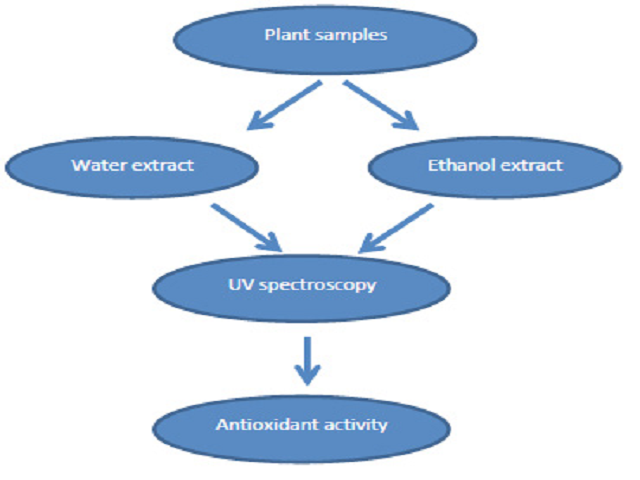Evaluation of Antioxidant Properties in Thirteen Fijian Medicinal Plants Used in Alzheimer’s Disease and Related Illness
DOI:
https://doi.org/10.5530/fra.2018.1.3Keywords:
DPPH, Reactive Oxygen Species, Radical scavenging activity, Antioxidants, C. hirta, Ethanolic extracts, DecoctionAbstract
Objective: The present study aims to evaluate antioxidant properties of decoction and ethanol extracts of Fijian medicinal plants using 2,2-diphenyl-1-picryl-hydrazyl (DPPH) scavenging assay. Method: Thirteen plant species belonging to Melastomataceae, Asteraceae, Apiaceae, Rutaceae, Goodeniaceae, Loganiaceae, Araliaceae, Solanaceae, Polygonaceae, Zingiberaceae and Anacardiaceae families were tested at 0.2 mg/mL, 0.4 mg/mL, 0.6 mg/mL, 0.8 mg/mL, 1.0 mg/mL, 1.5 mg/mL and 2.0 mg/mL concentrations for antioxidant properties. The antioxidant capabilities were compared with ascorbic acid standard. Results and Discussions: Among the decoction and ethanol extracts tested, all plants showed DPPH scavenging activity. The most potent antioxidant activity was seen in C. hirta with an IC50 value of 0.64 mg/mL. The activity of C. hirta was twofold more potent than the standard ascorbic acid (IC50 = 1.33 mg/mL) indicating that polar extracts of C. hirta contains compounds with relatively better antioxidant properties than ascorbic acid. Conclusion: The plant extracts used in this study were crude extracts, as it is envisaged that if the phytochemicals were isolated and purified from these plants, more prominent results could be expected. These plants could prove leads to safer and better candidates for the future selection of antioxidant.
Downloads
Metrics





